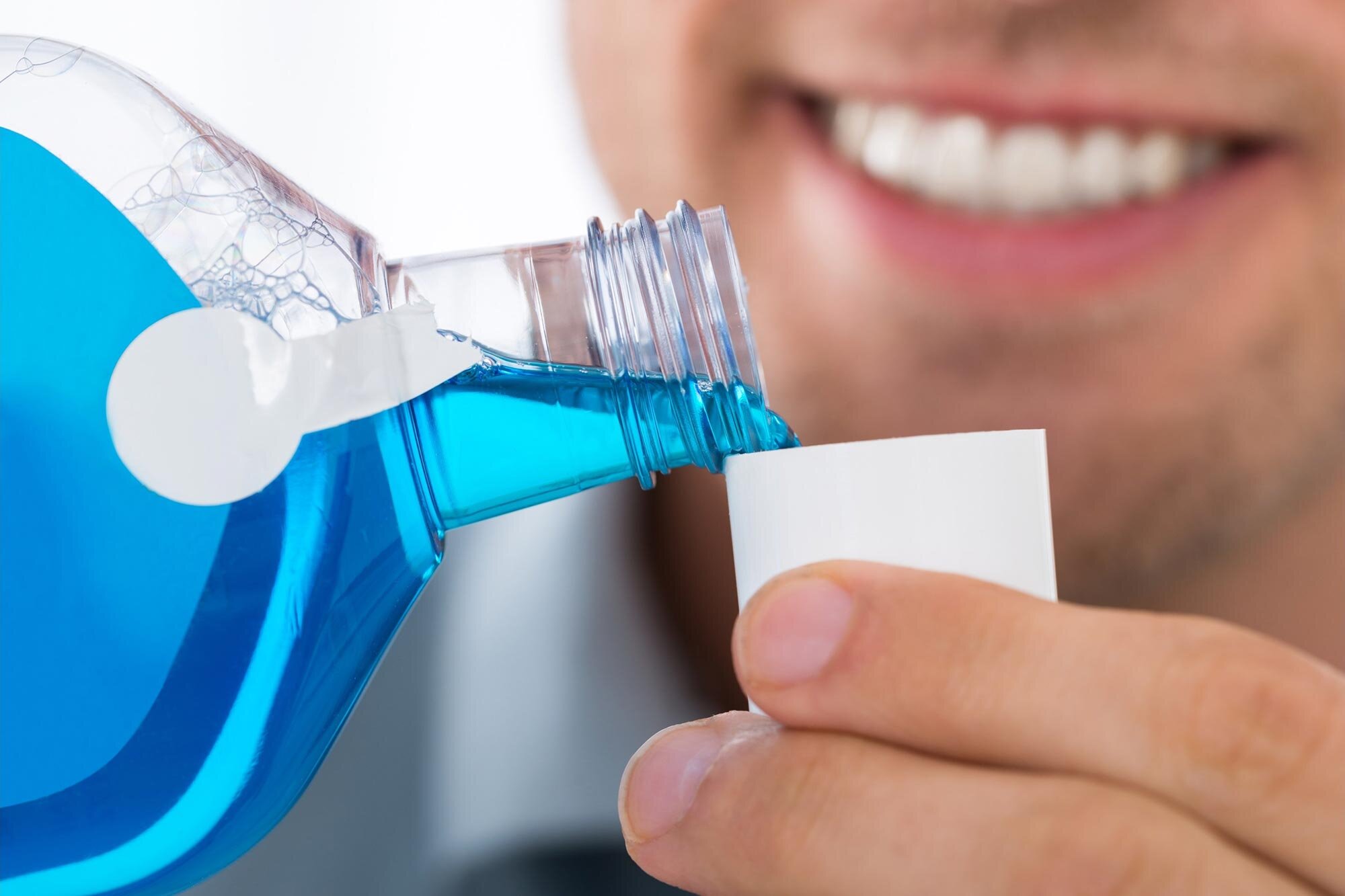When you employ an orthodontic treatment designed just for you, aligning your teeth is simple. Overcrowding and crooked teeth are not only ugly and may make you self-conscious about your smile, but they also make it challenging to maintain your teeth healthy and clean. Invisalign TX may be the ideal solution for you if you want to straighten your teeth in an almost unnoticeable method. Clear aligner trays are used in Invisalign to provide pressure to the teeth. This pressure causes the teeth to align more uniformly, making them seem straighter. Whether you're an adult or a teenager, Invisalign can help you. During treatment, these glass trays do not require any metal supports or wiring. Because Invisalign is removable, many patients find it more pleasant to wear.
1. WHY INVISALIGN IS MORE USEFUL THAN BRACES
The most significant benefit of Invisalign over braces is that the transparent aligners are almost undetectable. Other advantages of Invisalign over conventional braces include:
Invisalign aligners are more pleasant since they fit over your teeth smoothly and snugly. To probe fragile tissues, you don't have to cope with sharp metal edges or wires. Without the agony of conventional braces, Invisalign softly repositions your teeth.
Because you take off your Invisalign aligners when you eat, you don't have to avoid foods that might harm conventional braces.
Improved oral hygiene: Removable aligners make it simple to keep up with your regular brushing and flossing practice. Compared to conventional braces, Invisalign reduces the incidence of cavities and gum disease incidence.
The treatment period is shorter: Invisalign treatment typically takes six to two years to finish, while more difficult conditions may take longer. Traditional braces are usually worn for one to three years.
2. WHY INVISALIGN IS FASTER THAN BRACES
Because the trays are personalized throughout therapy, Invisalign is usually faster than braces. Every few weeks, you will return to the office to get new aligners custom-made for you. During treatment, your aligners will alter so that they are continually working to enhance the appearance of your teeth. Traditional braces take longer to correct your teeth than Invisalign. Most patients complete therapy in one to two years, but conventional braces can take three years to achieve meaningful benefits. As a result, patients consider Invisalign a more efficient and easy solution for those seeking a beautiful, faultless smile.
3. FIVE PERKS OF INVISALIGN
Traditional braces are frequently ignored or dismissed as being obsolete. On the other hand, Metal braces provide a slew of advantages that keep them at the top of the list of teeth-straightening options. Traditional braces have five advantages:
They are capable of resolving complex dental issues.
They have the potential to be more cost-effective.
They cannot be misplaced or forgotten by patients.
Virtually anyone can use them.
They are exceptionally long-lasting.
Metal braces and Invisalign are both practical and safe. On the other hand, their distinct characteristics aid patients and dentists in determining which is best for them. Choosing a teeth-straightening treatment may restore both your smile and your confidence, regardless of the strategy you use.!
4. WHAT TO EXPECT WITH THE TREATMENT
The treatment usually starts with a consultation to get to know you and your specific smile requirements. After that, we take imprints of your teeth to create your personalized aligner trays. You'll wear these trays for around 22 hours a day, removing them only to clean your teeth or eat. After that, you'll return to the clinic in a few weeks so we can create brand new aligners for you. We'll tell you what to expect from your Invisalign treatment when you come in for visits. Once your procedure is ended, you will need to wear a retainer every night to preserve your results and keep your teeth looking beautiful and straight.
Invisalign might help you get a straighter smile in less time than you would expect. The majority of patients show improvements within the first few weeks, and therapy takes an average of 12 months to complete. After treatment, wearing a retainer will help maintain your new smile from moving out of position.
THE BOTTOM LINE!
If you're a candidate for invisible aligners, the decision between Invisalign and braces is a personal one. Invisalign is a superb option for traditional braces if the hassle and look of conventional braces limit you from enhancing your smile. When it comes to Invisalign vs. alternative treatment choices, your orthodontist is the most acceptable source of knowledge. Consider all of your possibilities, and don't be scared to ask questions.
Keep in mind that not all orthodontists provide Invisalign Treatment, and those who do have a wide variety of expertise and competence. Before you consent to treatment, find out how many patients your doctor has treated with Invisalign and receive a quote. Comparing Invisalign treatment costs is entirely reasonable. Don't forget to inquire about extra expenses and follow-up treatment. By consulting the dentist in McKinney TX, your smile can be altered without the bulky metal brackets and wires of conventional braces, allowing you to keep your professional image at work. Therefore, professional consultation is the best method to determine whether clear aligners are the appropriate option for you or not. To know more, visit the Vally Creek Dental Care website.




